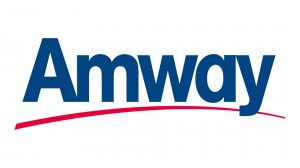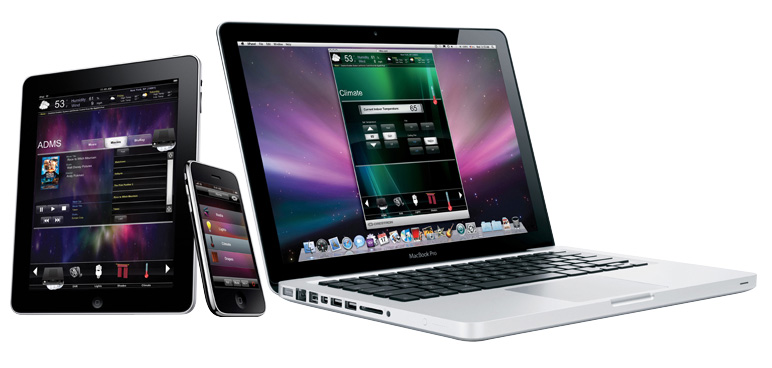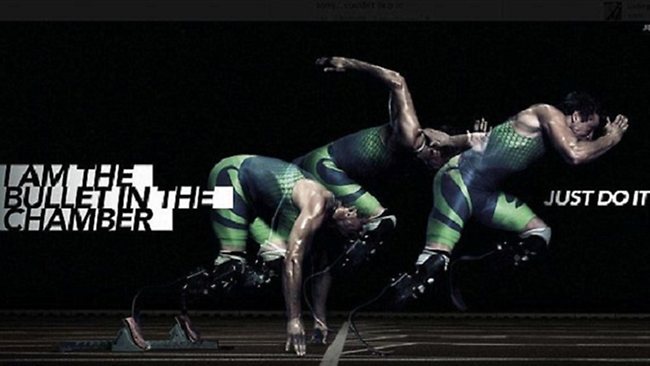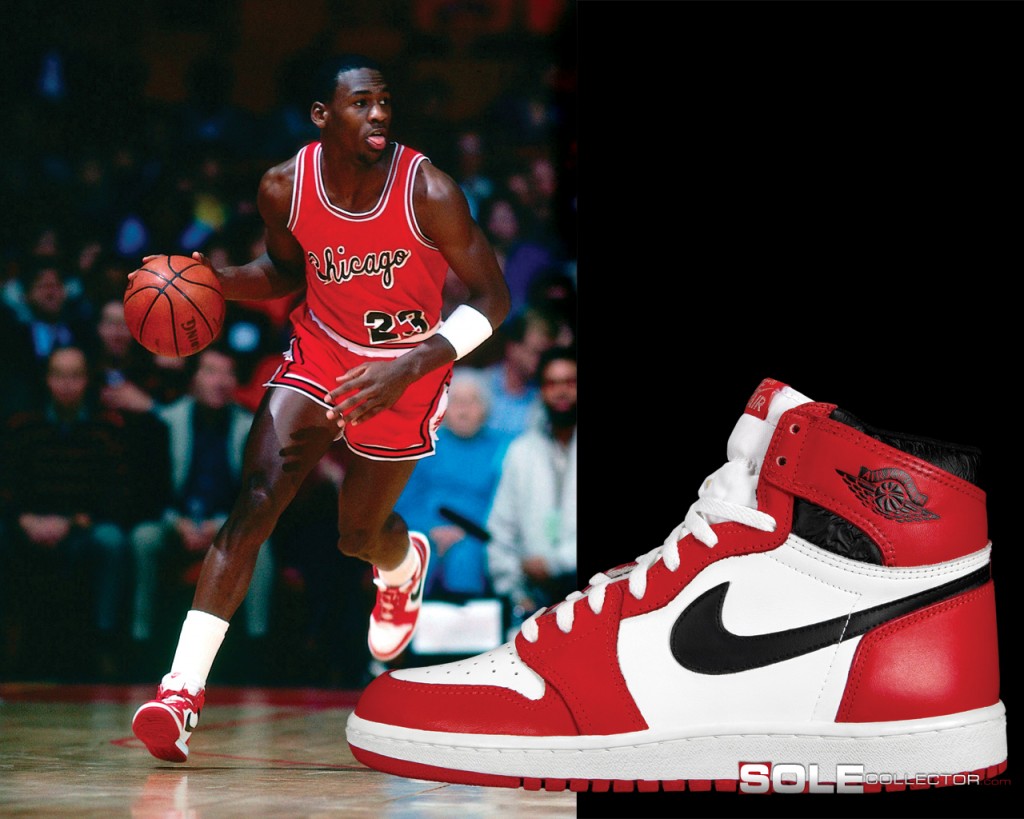I was wandering around Cracked.com and recently came upon this gem of movie trivia, which was incidentally highly relevant to the Promotional mix we studied in class. Among the types of advertising media, it could be argued that the most subtle and overlooked could be brands placed within movies. When aware of this median, we may occasionally note certain brands prominently displayed within popular films, but usually seamlessly and not detracting from the experience.
“Mac and Me” (1988) was a movie constructed entirely for the purpose of shameless marketing, unrepentantly parroting the virtues of McDonalds, Sears, Coca-Cola and skittles. With its alien-in-suburbia plot rather obviously ripped off of the popular ET, it was described by Leonard Maltin as “more like a TV commercial than a movie.”
Needless to say, “Mac and Me” effortlessly sweep the Razzie Awards that year, and garnered immense negative criticism, including an astounding 0% rating on Rotten Tomatoes.
Perhaps the only consoling part would be how the sheer absurdity of the movie still attracts publicity to the film itself. We could take a reminder from this marketing scheme, that like co-branding, co-marketing, sponsorships or any other joint marketing method, integrating the products together in such a way to positively improve public perception is a crucial step. Especially for a well known brand in a mature market such as McDonalds, the purpose is not to saturate potential consumers through every possible communication channel, but to persuade them of the superiority of the products, of which little aliens in a poorly scripted movie is of little utility. There was no real marketing strategy behind this decision, with no new products being released, no specific segment being targeted and no objected specified. While occasionally, we do see movie advertisements that make us cringe, we have hopefully stepped past these clumsy yet amusing efforts.
http://www.cracked.com/article_16574_the-10-most-shameless-product-placements-in-movie-history_p2.html





